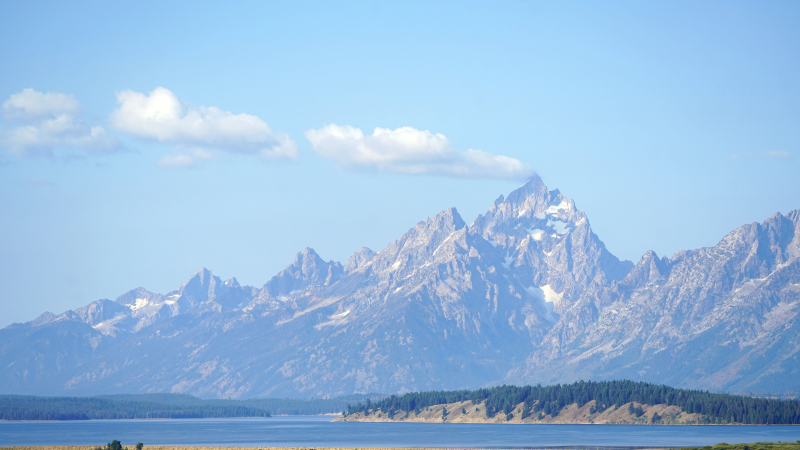Of the 63 national parks, these had the most fatalities since 2007.
National parks are one of the top destinations for tourists and hikers in the summertime, but they can also be potentially deadly places, if caught unprepared.
Most recently, a 41-year-old hiker who spent the night at the bottom of the Grand Canyon was found dead not far from where he overnighted. It is the second reported death at the Grand Canyon this year. Park rangers recovered the body of a missing 58-year-old in the Colorado River on May 10, according to the park service. Both deaths are under investigation.
An analysis by USA TODAY of National Park Service data dating back to 2007 found that Grand Canyon National Park has the most reported deaths of any other park. Here is what the data shows:
Graphics explain:How many people visit our America's national parks?
Grand Canyon is most fatal national park
Since 2007, 198 people have died in Grand Canyon National Park, according to the National Park Service. Although these deaths are alarming, the average odds of a fatal incident occurring in a national park are slim.
Outdoor clothing company KÜHL said on its website, "The average odds of a fatal incident in national parks are about 1 in 664,099 visitors,” They continued, “the odds of a pedestrian dying in a traffic crash are 1 in 485, according to the National Safety Council. Hiking in a national park usually presents fewer risks than going to your local coffee shop.”
These are the top causes of death in Grand Canyon National Park:
Which national parks had the most deaths?
With 63 national parks spanning the United States, visitors have their fair share of natural beauty to explore. From Acadia National Park in Maine to Olympic National Park in Washington and California's Yosemite to Tennessee and North Carolina's Great Smoky Mountains, each park provides a unique experience.
It's important for visitors to prepare and research the parks beforehand so they know of any potential hazards.
The National Park Service has fatality data spanning its 63 parks, many recreation areas and other land run by the NPS. Between 2007 and March of this year, NPS reported more than 4,000 deaths in its parks, recreation areas, and all NPS-managed facilities.
Death statistics may not be an accurate measuring stick for safety because they don’t always reflect the bigger picture. For instance, the 198 deaths cited at Grand Canyon since 2007 are significant, but they represent a fraction of the more than 77.9 million people who visited the park over the same period.
Additionally, causes of death aren’t always related to the parks.
Suicide accounted for 93% of all reported intentional deaths, according to the park service.
Of the deaths reported in national parks, half of them were from unintentional causes. These include, vehicle crashes, drownings and fallings - which were the top three leading causes of death in parks.

How do you stay safe in a park?
The key to a safe national park visit is planning ahead and being fully prepared, beginning with individuals understanding the activities suitable for their skill level and educating themselves about potential hazards they may face. This is where the park service plays a crucial role.
Ina Hysi, an injury prevention specialist for the NPS previously shared tips with USA TODAY on how to prepare for your national park trip. Each park has its own dedicated website with information on hikes, campgrounds and more.
When it’s closer to their visit, travelers should check the park’s social media accounts for the latest updates. Visitors should always stop by the visitor center or a park ranger station to get the most up-to-date park conditions because “as we know, nature is unpredictable,” Hysi said.
Disclaimer: The copyright of this article belongs to the original author. Reposting this article is solely for the purpose of information dissemination and does not constitute any investment advice. If there is any infringement, please contact us immediately. We will make corrections or deletions as necessary. Thank you.






